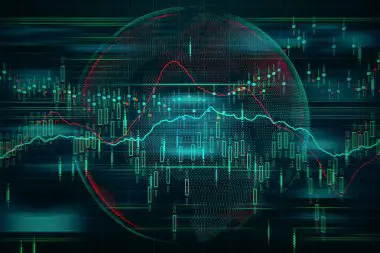
Leveraging Educational Material: A Pathway to Knowledge and Growth
- Admin
Educational material serves as a cornerstone for learning and development across various domains, from academic studies to professional skills enhancement. In this article, we'll explore the significance of educational material, its diverse forms, and how individuals can leverage it to foster personal and professional growth.
The Importance of Educational Material:
Educational material encompasses a wide array of resources, including textbooks, online courses, tutorials, articles, videos, and interactive multimedia content. These materials provide structured learning experiences, knowledge acquisition, and skill development opportunities. Whether pursuing formal education or self-directed learning, access to quality educational material is crucial for acquiring new skills, expanding knowledge, and staying relevant in today's fast-paced world.
Types of Educational Material:
Textbooks and Academic Resources: Traditional textbooks and academic journals remain valuable sources of information for students and researchers across various disciplines. These materials provide in-depth coverage of theoretical concepts, empirical research, and scholarly debates within specific fields of study.
Online Courses and Tutorials: Online learning platforms offer a wealth of educational material, ranging from short tutorials to comprehensive courses on diverse topics. Platforms like Coursera, Udemy, and Khan Academy provide accessible and affordable learning opportunities for individuals seeking to acquire new skills or advance their careers.
Interactive Multimedia Content: Interactive educational material, such as simulations, games, and virtual labs, engage learners through hands-on experiences and immersive learning environments. These materials promote active participation, critical thinking, and problem-solving skills development.
Open Educational Resources (OER): OER refers to freely accessible educational materials that can be used, adapted, and shared for teaching, learning, and research purposes. Platforms like OpenStax and MIT OpenCourseWare provide access to textbooks, lecture notes, and multimedia resources created by educators and institutions worldwide.
Leveraging Educational Material for Growth:
Setting Learning Goals: Define clear learning objectives and goals based on your interests, aspirations, and areas for improvement. Identify the knowledge and skills you wish to acquire and select educational material aligned with your learning objectives.
Active Engagement: Actively engage with educational material by taking notes, asking questions, and participating in discussions. Apply concepts and principles learned through practical exercises, case studies, and real-world projects to reinforce learning and retention.
Continuous Learning: Embrace lifelong learning as a mindset and commit to continuous personal and professional development. Stay curious, explore new topics, and seek out diverse educational material to broaden your horizons and adapt to changing environments.
Seeking Feedback and Reflection: Solicit feedback from peers, mentors, and instructors to gauge your progress and identify areas for improvement. Reflect on your learning journey, celebrate successes, and learn from challenges and setbacks to refine your approach and grow as a learner.
Conclusion:
Educational material serves as a catalyst for learning and growth, empowering individuals to acquire new knowledge, develop skills, and unlock their full potential. By leveraging diverse educational resources, setting learning goals, actively engaging with material, embracing continuous learning, and seeking feedback, individuals can cultivate a lifelong learning mindset and thrive in today's knowledge-driven society. Remember, the journey of learning is as important as the destination, so enjoy the process and embrace the opportunities for growth that educational material provides.
